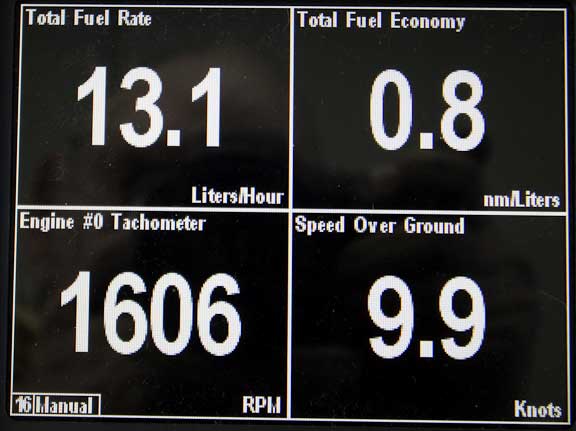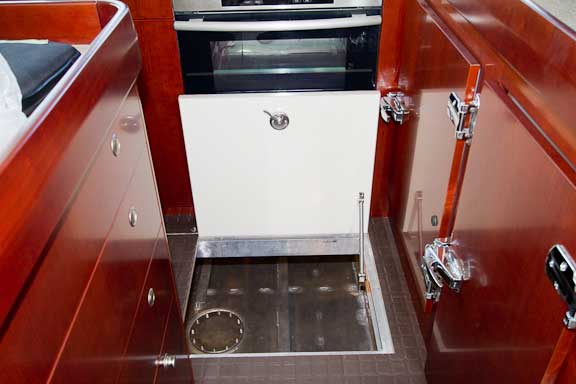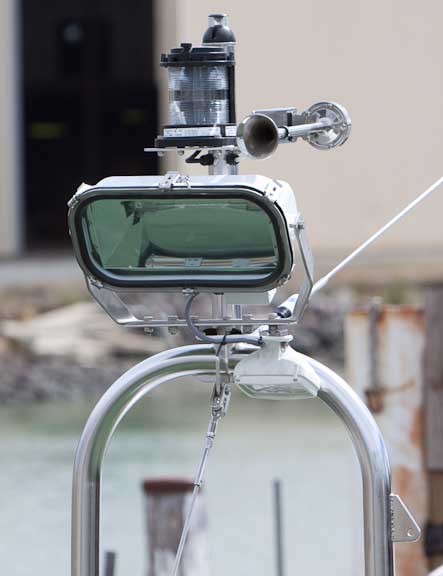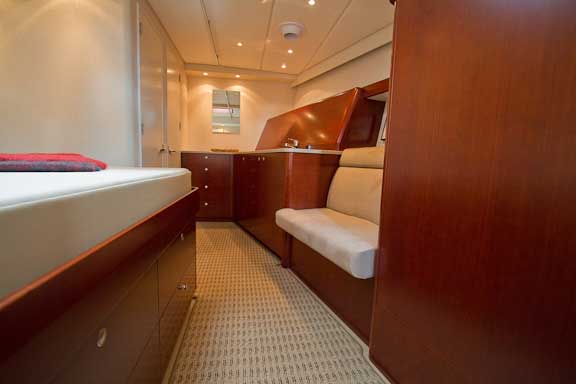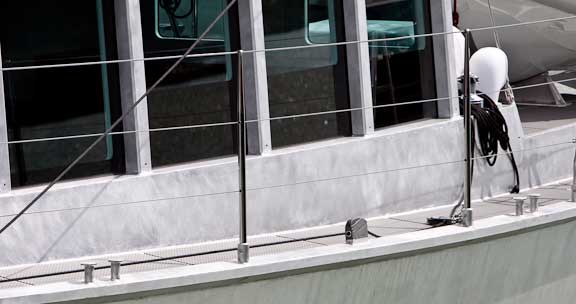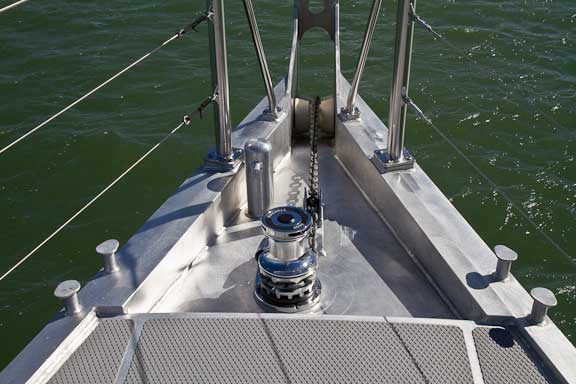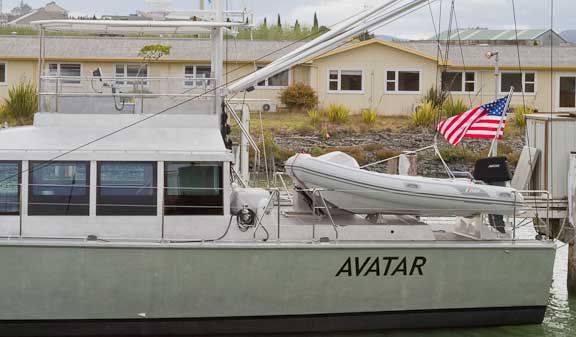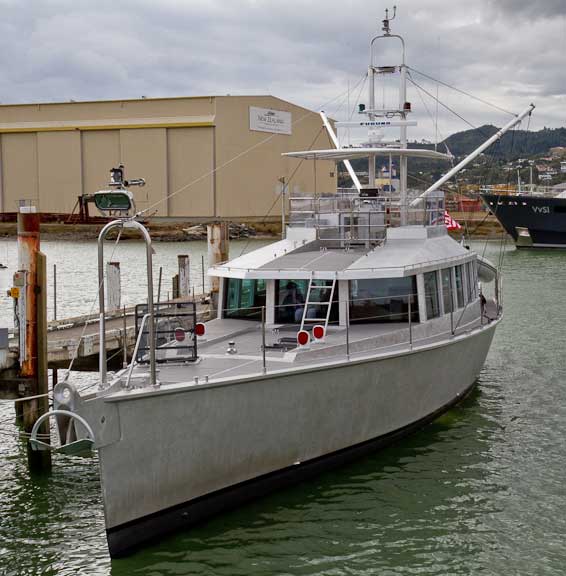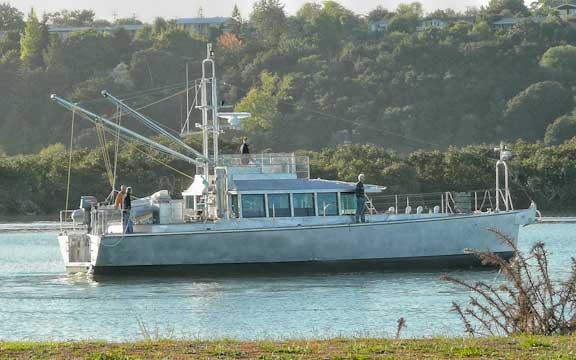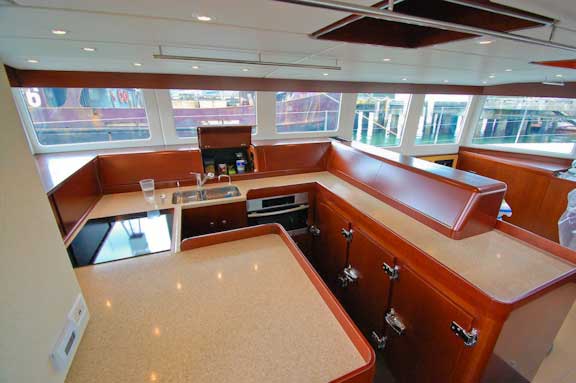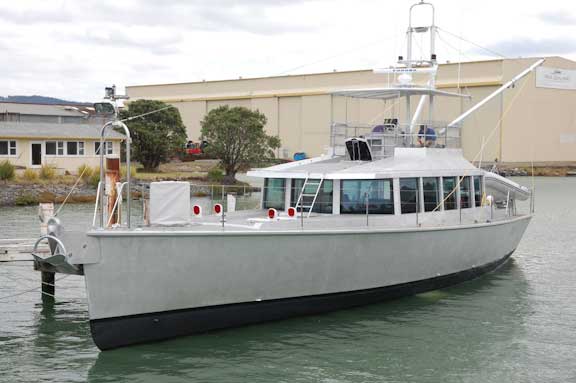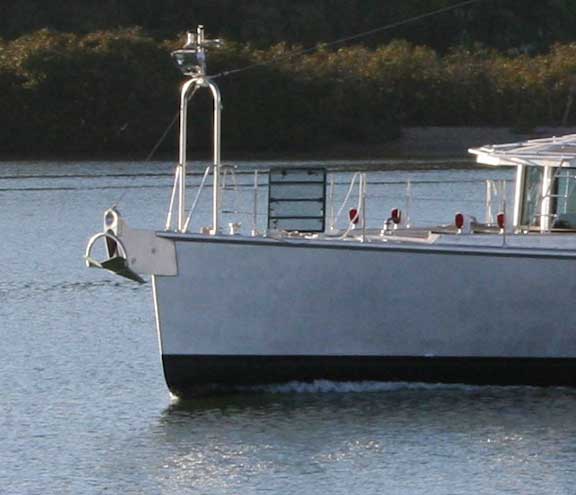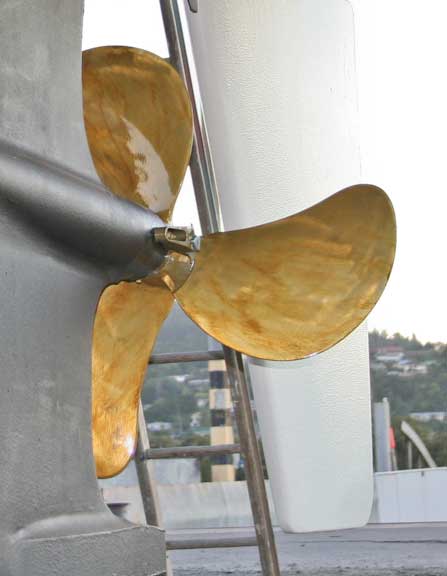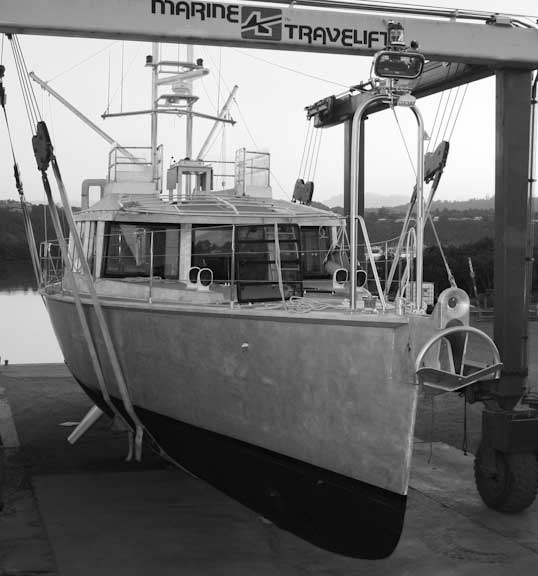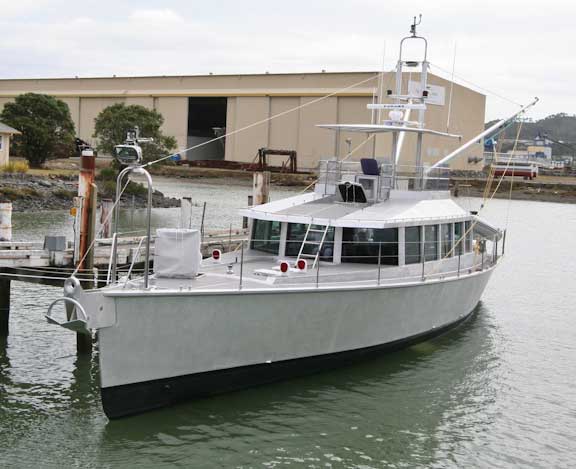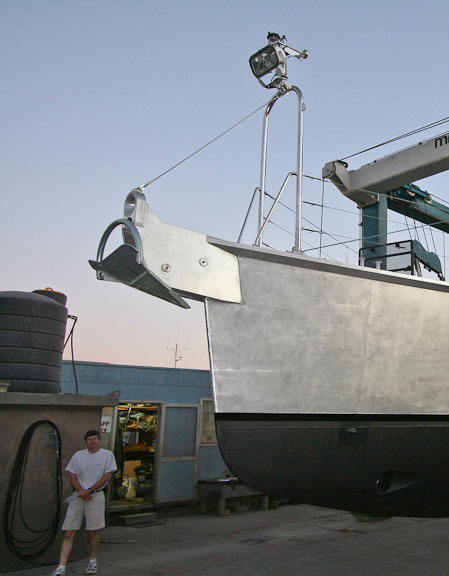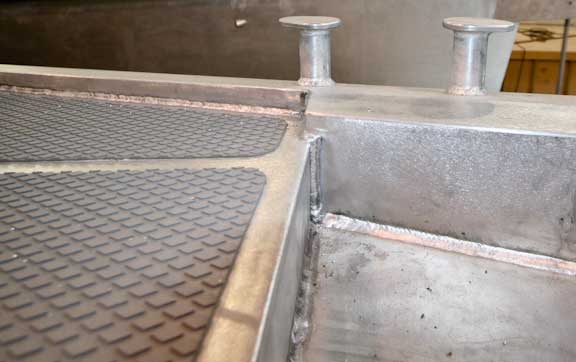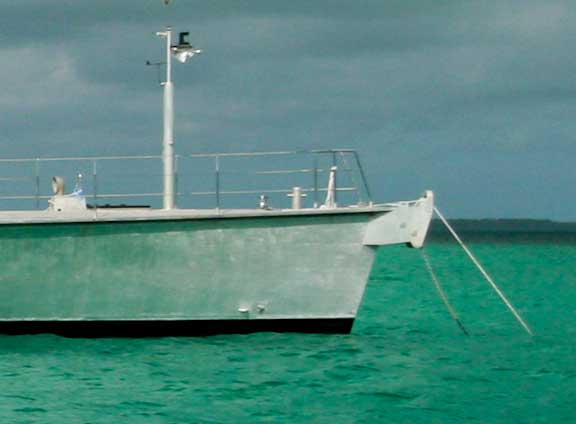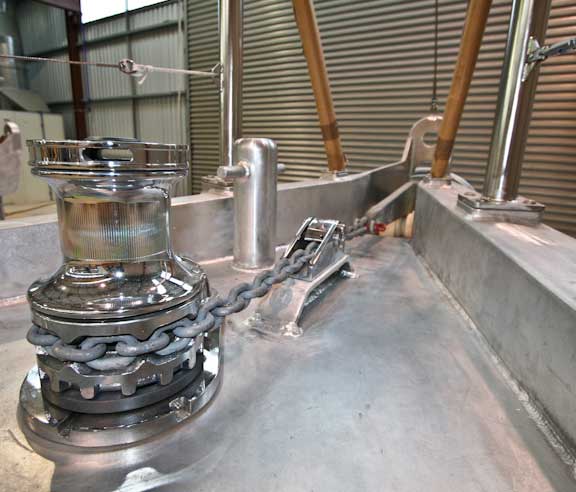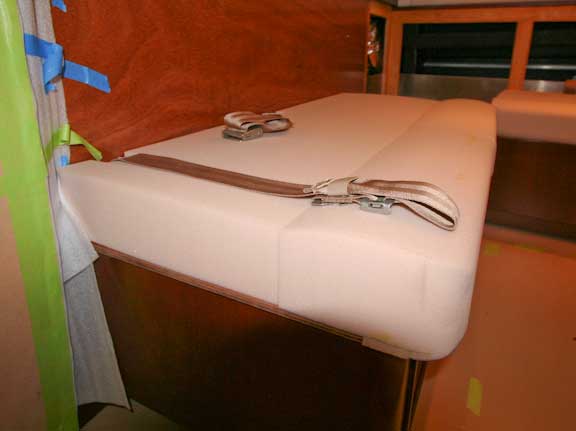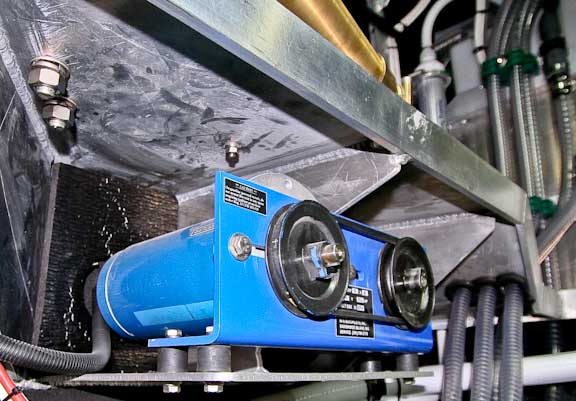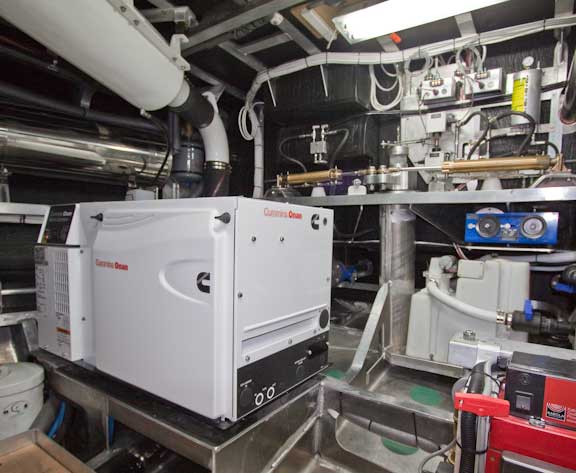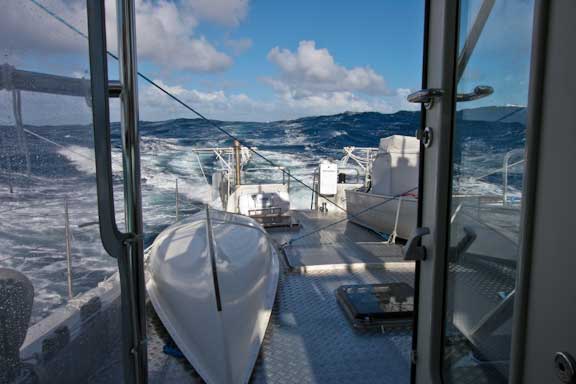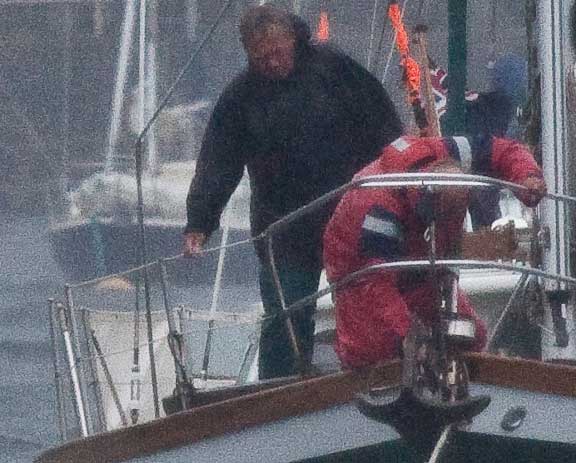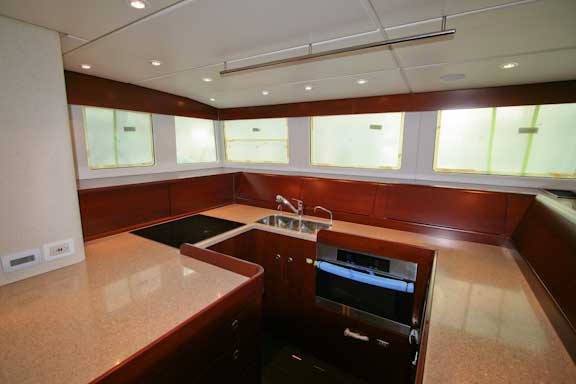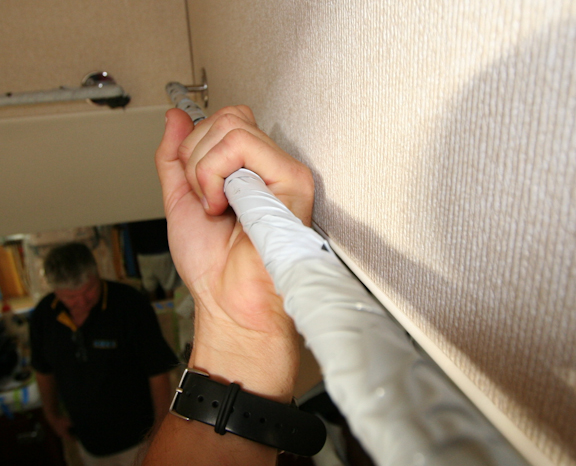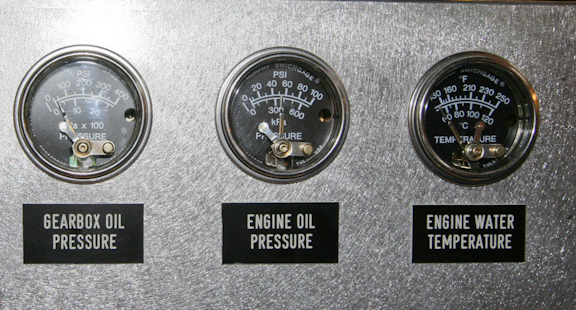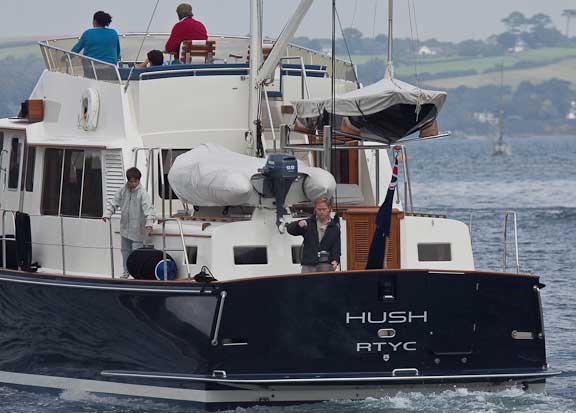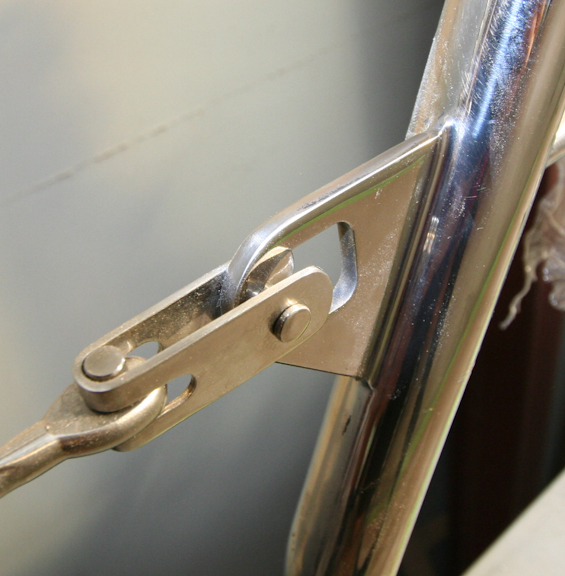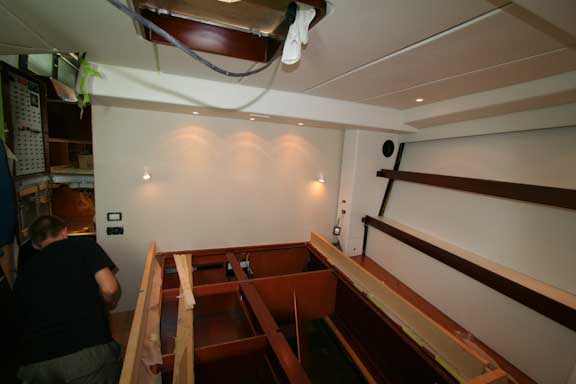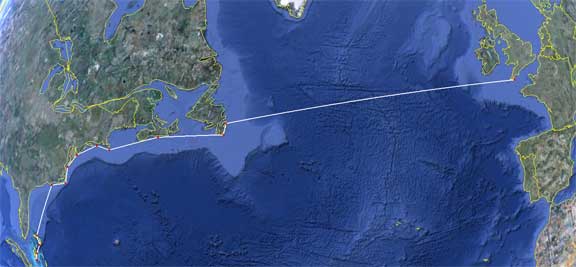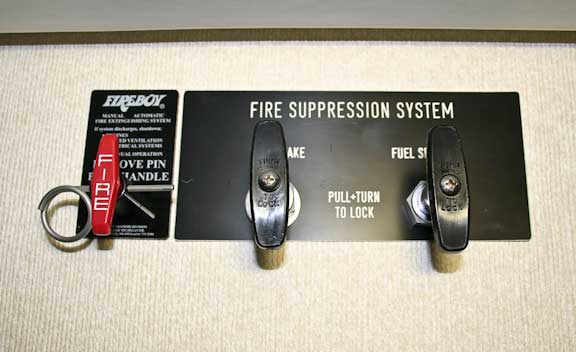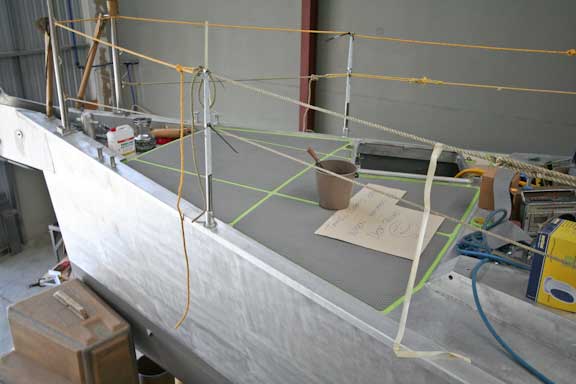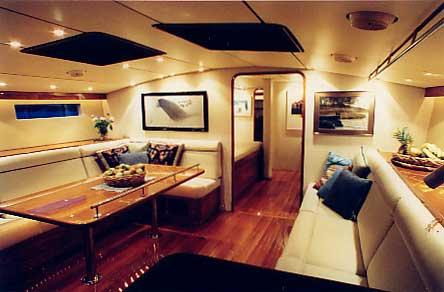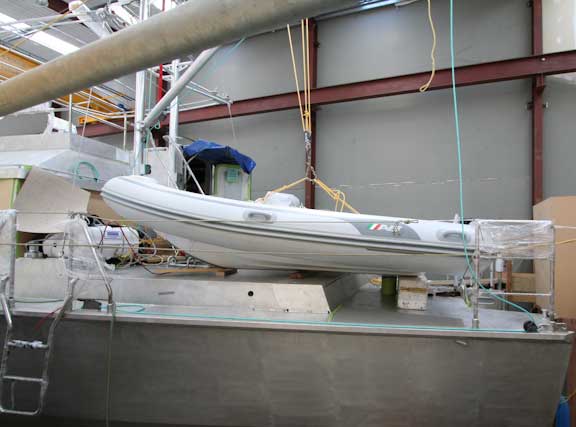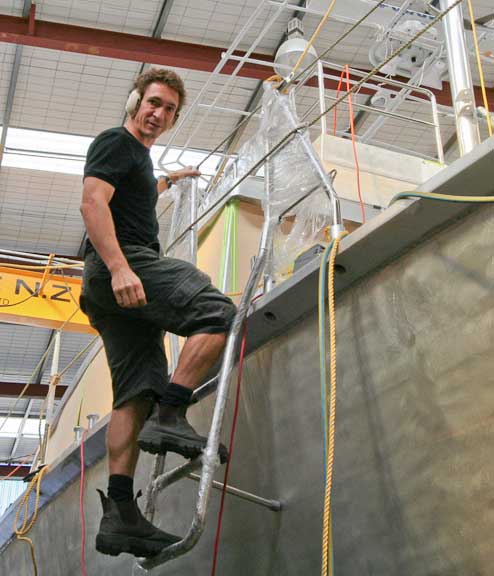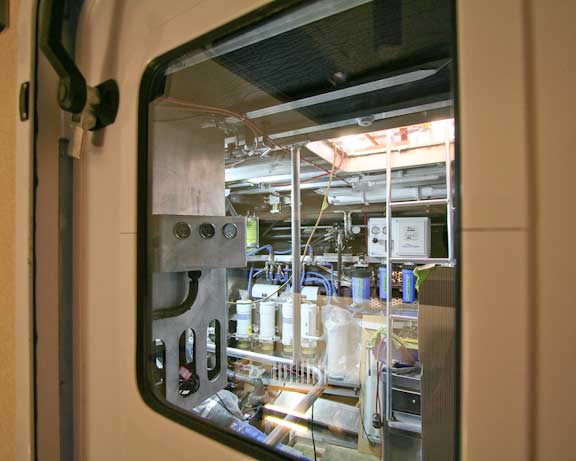Hello!
Have a question about experience with anchoring on rock bottom.
We are planning to go cruising in Croatia and we have heard that there is mostly rock bottom there, and that this may pose some problems with traditional anchors. We find it a bit strange since Croatia has a fast growing charter fleet and we cannot believe that these boats are equipped with anything else than standard anchors. We have a Rocna 20kg, one fortress kedge anchor and one fortress hurricane anchor, but wonder if we should go for an anchor more suitable for rock.
The boat is a Dehler 37 Cr, waterline length 9m, dry weight 5,6 tonnes, cruising weight probably up to 7 tonnes I am afraid.
Do you think the Rocna will be OK, or do you think we should go for another spare anchor? And in that case what type? Space and weigh will be a problem.. The boat is flat bottomed, no sump.
Have been looking at a fisherman type like the picture below, which I can find to an affordable price .. And then there is the Luke, storm anchor which is very expensive in comparison.
BTW. Hope you liked our country! Saw that you visited Norway in your logs. Did you visit Oslo?
Thanks!
Erik
Norway
Read the rest »
